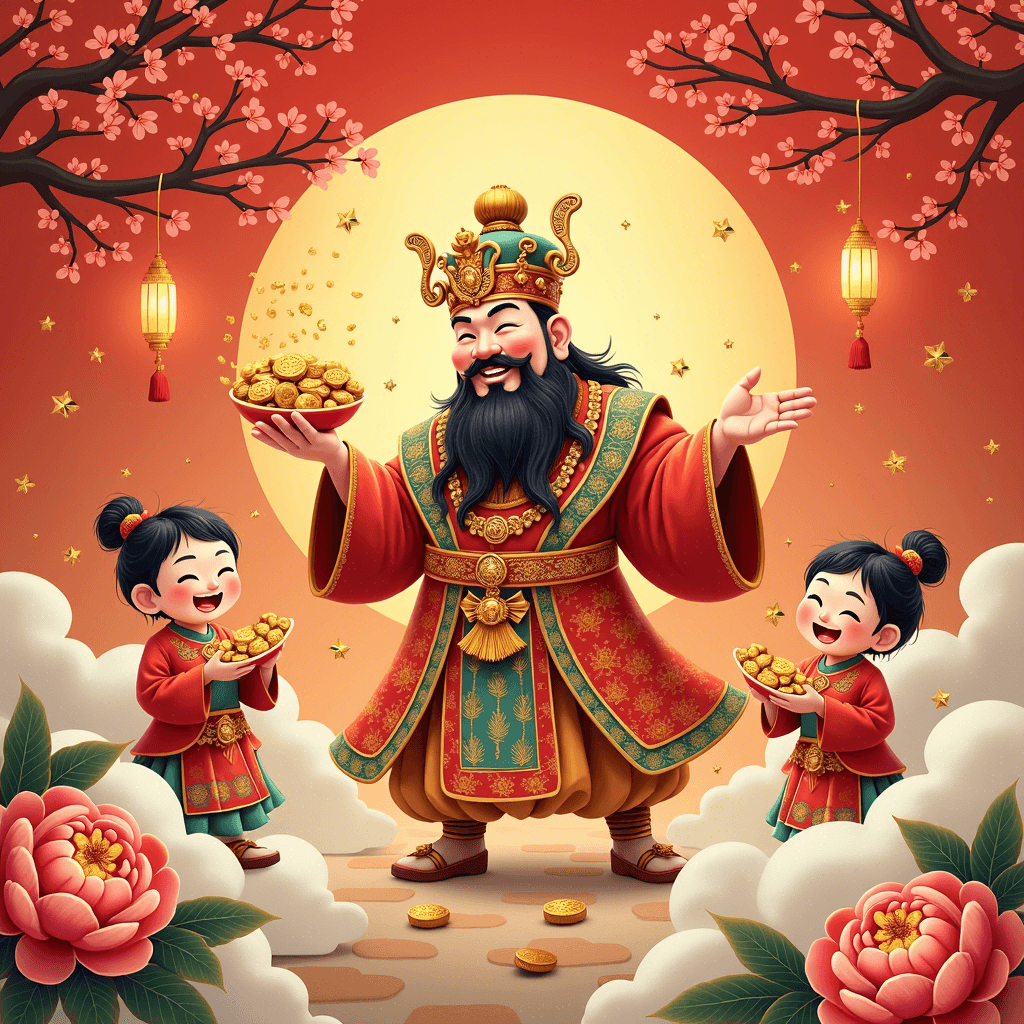
Chinese New Year Painting (Nianhua)
Traditional Chinese folk art used during the Lunar New Year, featuring bright colors and auspicious symbols like the God of Wealth, peonies, and children to bring good luck and prosperity.
Overview
Origin
China
Historical Period
Ming Dynasty (1368–1644) onwards
Cultural Significance
Nianhua, or New Year paintings, are traditional folk art prints used during the Lunar New Year to decorate homes, bringing good luck, prosperity, and protection against evil spirits.

Historical Timeline
Song Dynasty (960-1279)
Emergence of woodblock printing techniques for mass production
Ming Dynasty (1368-1644)
Development of major production centers in Suzhou and Yangliuqing
Techniques
Woodblock printing with bright colors
Hand-painting for detailed designs
Auspicious symbols like the God of Wealth, peonies, and children
Bold outlines and festive compositions
Cultural Context
Nianhua, or New Year paintings, are traditional folk art prints used during the Lunar New Year to decorate homes, bringing good luck, prosperity, and protection against evil spirits.
Did You Know?
Nianhua paintings often feature the character 'Fu' (happiness) upside down, as the Chinese word for 'upside down' sounds like 'arrive,' symbolizing the arrival of good fortune.